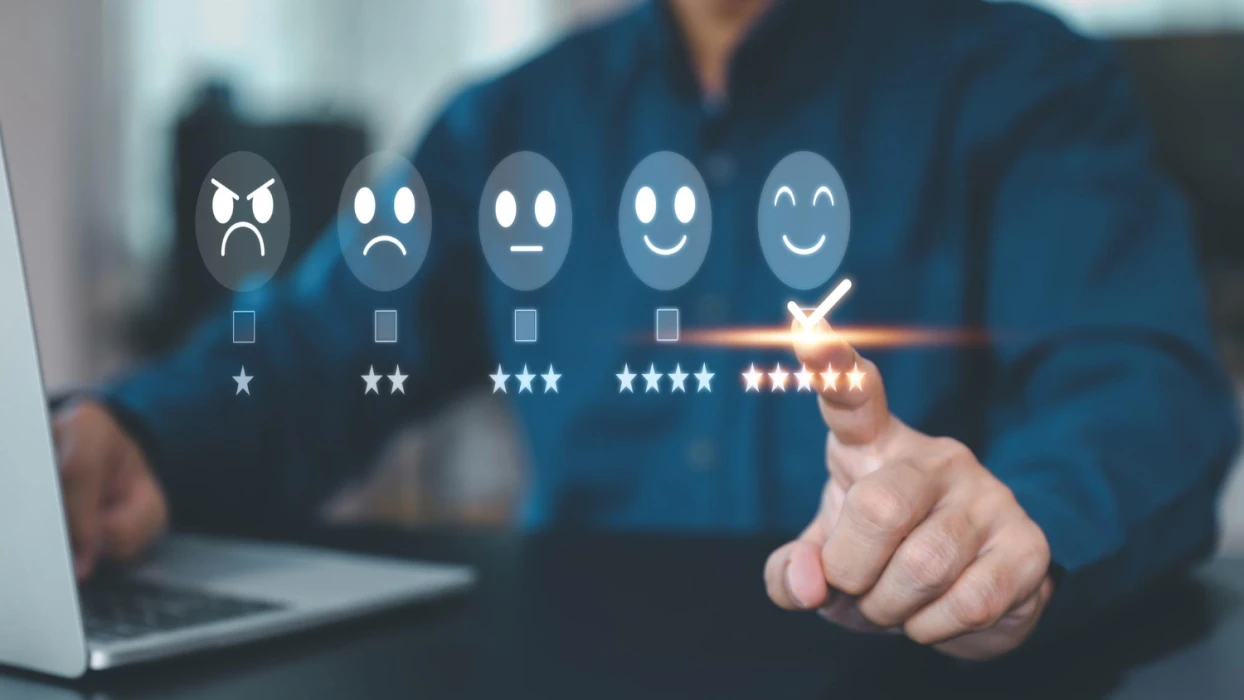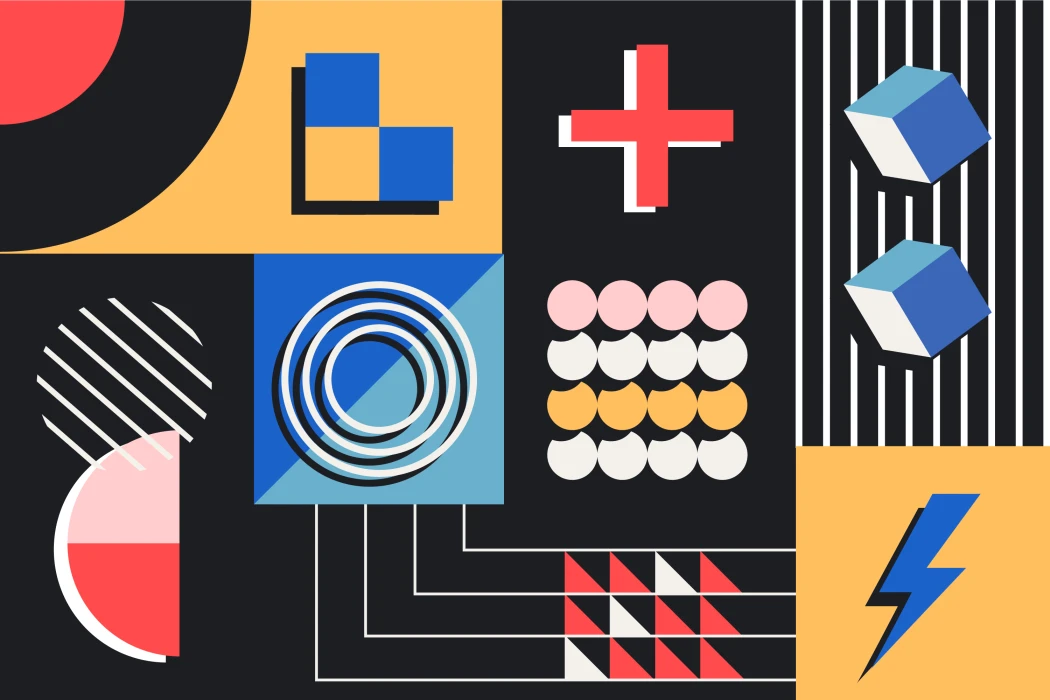The Regret Theory was first envisioned by Bell, Loomes & Sugden in the 1980's, and it directly affects people's lives in many facets. It states that people, when making a decision, anticipate the possibility of future consequences and regrets, leading to decisions that minimize emotional risk, even though it might not make sense rationally or financially.
By understanding the idea of regret aversion, UX Designers can envision and prepare their design to deal with such delicate and complex psychological phenomenon. When feeling regret aversion, the user can potentially select suboptimal alternatives, abandon the process altogether or get revolted with the brand. All of which are immense problems to the company's conversion rates, satisfaction rates, trust and consumer churn. How can designers make user's relaxed and comfortable throughout?
Support the user's decision
It is easy to just throw as many options to the user to select and expect them to be comfortable with that. The reality, however, is that a plethora of choices might actually affect their mind process and, therefore, the website's conversion rate.
Choice overload is a famous psychological consumer theory which explains this issue–a paradox of having too many choices, and, due to decision fatigue, it creates a tendency in which people make no choice at all. Streaming Apps and Food delivery apps frequently suffer with this problem, as there are a whole world of options, but it only makes the user paralyzed and confused.
Here are some common techniques that help supporting user's decisions:
Best choice highlight: This can be found in many different ways and forms, such as “Popular choice” for subscription plans or film categories. It is easier to make a decision based on what other people are doing, rather than without any outside reference. It can also showcase the best value option, as some marketplaces showcase badges of “Good Value” or "Rare” in products to create clear value to the user.
Side-by-side comparison: Design should guide users through their decisions and showcase clearly benefits/differences, so it is easy to make decisions when navigating through the website. This is very common in services and subscriptions, where there are many different levels of access and features. Even for simpler plan comparisons, value for optimal options is easily achieved.
Decision “Aids”: It encapsulates both of the techniques above and more, decision aids are basically any design element that helps the user to navigate toward the desired flow. It ranges from plan comparison grids to breaking the process of purchase into smaller digestible steps. It can be other user's testimonials or user encouragement through copy while the page is loading, or even simplifying the user's choice by displaying only 4 options instead of 15.
Reversibility & Flexibility
One key aspect of Kahneman and Tversky's Prospect Theory is the Loss Aversion Theory, which states that people feel the pain of losses dramatically more intensely than the joy of gains. Therefore, wiring people's brain to avoid such feelings of loss, which is directly linked to Regret Aversion.
Understanding such phenomenon, it is possible to craft designs that allow for user satisfaction. Jakob Nielsen's Usability Heuristics elaborates exactly upon that, in fact, its number 9 principle – “Help Users Recognize, Diagnose, and Recover from Errors” is an amazing principle to have in mind. It states that the design should be forgivable of users' actions and allow for increased flexibility/reversibility. There are many ways designers can work with such principles and get amazing results:
Free Trials and try before commit: The key part of Regret Aversion is that users are afraid of committing to a service/product. By allowing them to test and use it for a short bit before making major decisions, it makes the whole process frictionless and easy on the users. Free trials are quite common and in some cases companies limit the amount of features it can be used, which can be a bit damaging if a key feature is disabled.
Undo functionality: A life-saver in our daily lives – from accidental e-mails/messages to booking regret, undo functionalities are an essential part of user flexibility needed. In Airbnb, free cancellation is always available within 24-hours and to some listings it might even be longer. They also do a great job making it flash on the screen, giving the free cancellation higher design priority. This is important due to the amount of commitment it is to book a room, especially if it is a more expensive transaction that depends on external factors, such as flight cancellations or any kind of travel changes.
Post-decision Reassurance
The both of the above are great, but do they tackle the whole issue? Even with all the principles and amazingly crafted design, the users will inevitably still feel regret aversion or any kind of associated regret to some degree. As a matter of fact, it can still be felt after the transaction or decision is made.
Festinger’s Cognitive Dissonance theory elaborates a bit about this–as people tend to create internal conflicts when second-guessing themselves, especially if the decision is irreversible. Which means reassurance is a vital part of design in these situations. Here are some related techniques that tackle this issue:
Confirmation messages: Either through emotionally positive UX Writing or visual cues, positive reinforcements of the user decision are key. It emphasizes the value of the decisions, either through personal copy or other user's testimonials, instead of too general and bland cues–For example: “You're in. Start exploring your exclusive insights now” or even social proof “This is a rare find, 95% of the guests would stay again".
Clear receipts and next steps: Especially important for high-ticket pricing or complex products'services, it is very important to lay out on confirmation pages/emails what the user can expect and do at the moment. For instance, it can have a progress bar, step-by-step on what it is going to happen, estimated times for those actions, as well as mentioning the possibility for contact, support and decision flexibility.
Conclusion
Users that are comfortable with their decisions is paramount to a company's success, as it increases overall satisfaction and conversion, builds brand trust and loyalty while increasing users’ emotional connection to the company. All of those mentioned can potentially have enormous ramifications to the business developments, so as designers it is something to consider when designing even smaller elements as microcopies or icons. UX Design is not only to help the users achieve their goals and make decisions, but also making them feel great about them.
Tags
Subscribe to
Our Newsletter
Join 1,000+ people and receive our weekly insights, tips, and best practices.

Success!
Thank you for subscribing to Buzzvel's
Newsletter, you will now
receive amazing
tips and insights weekly.

-normal.webp)


